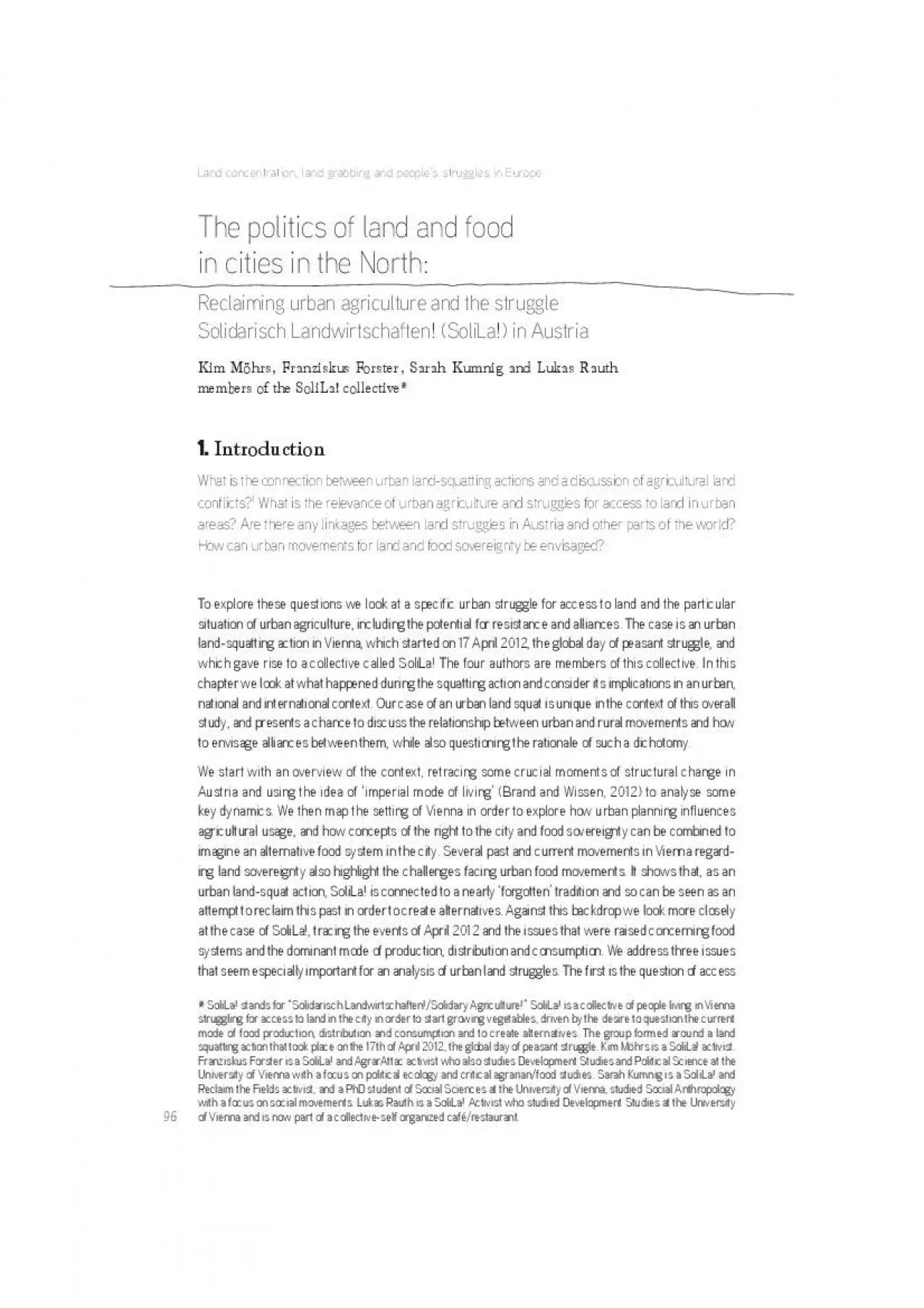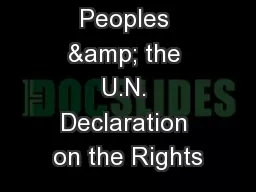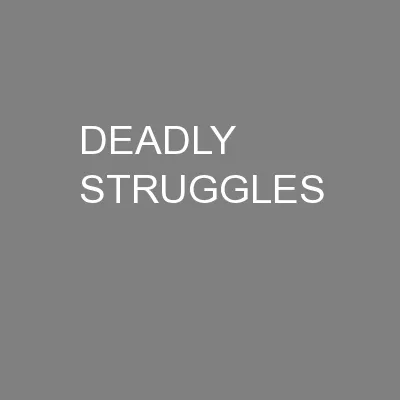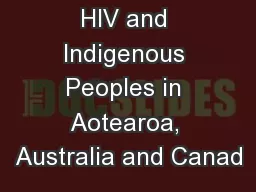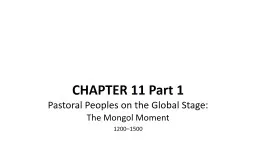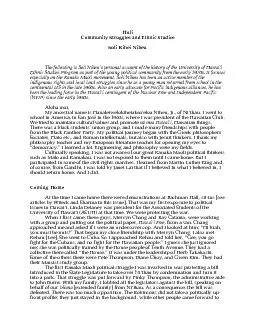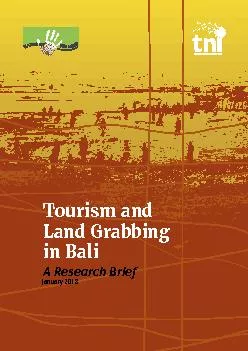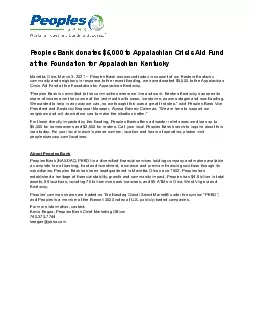PDF-Land concentration land grabbing and peoples struggles in Europe
Author : caitlin | Published Date : 2021-10-06
961IntroductionWhat is the connection between urban landsquatting actions and a discussion of agricultural land conflicts What is the relevance of urban agriculture
Presentation Embed Code
Download Presentation
Download Presentation The PPT/PDF document "Land concentration land grabbing and peo..." is the property of its rightful owner. Permission is granted to download and print the materials on this website for personal, non-commercial use only, and to display it on your personal computer provided you do not modify the materials and that you retain all copyright notices contained in the materials. By downloading content from our website, you accept the terms of this agreement.
Land concentration land grabbing and peoples struggles in Europe: Transcript
Download Rules Of Document
"Land concentration land grabbing and peoples struggles in Europe"The content belongs to its owner. You may download and print it for personal use, without modification, and keep all copyright notices. By downloading, you agree to these terms.
Related Documents

